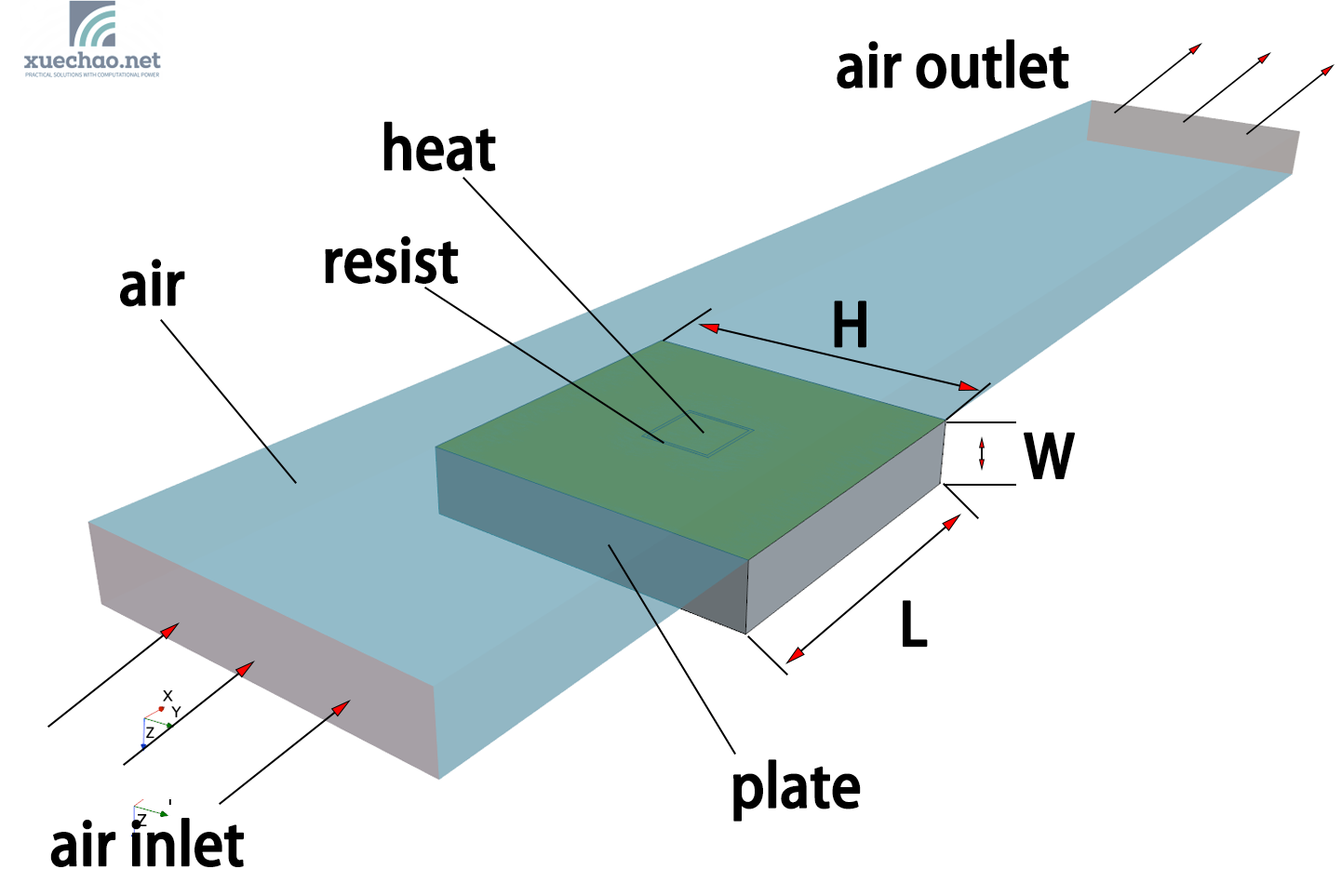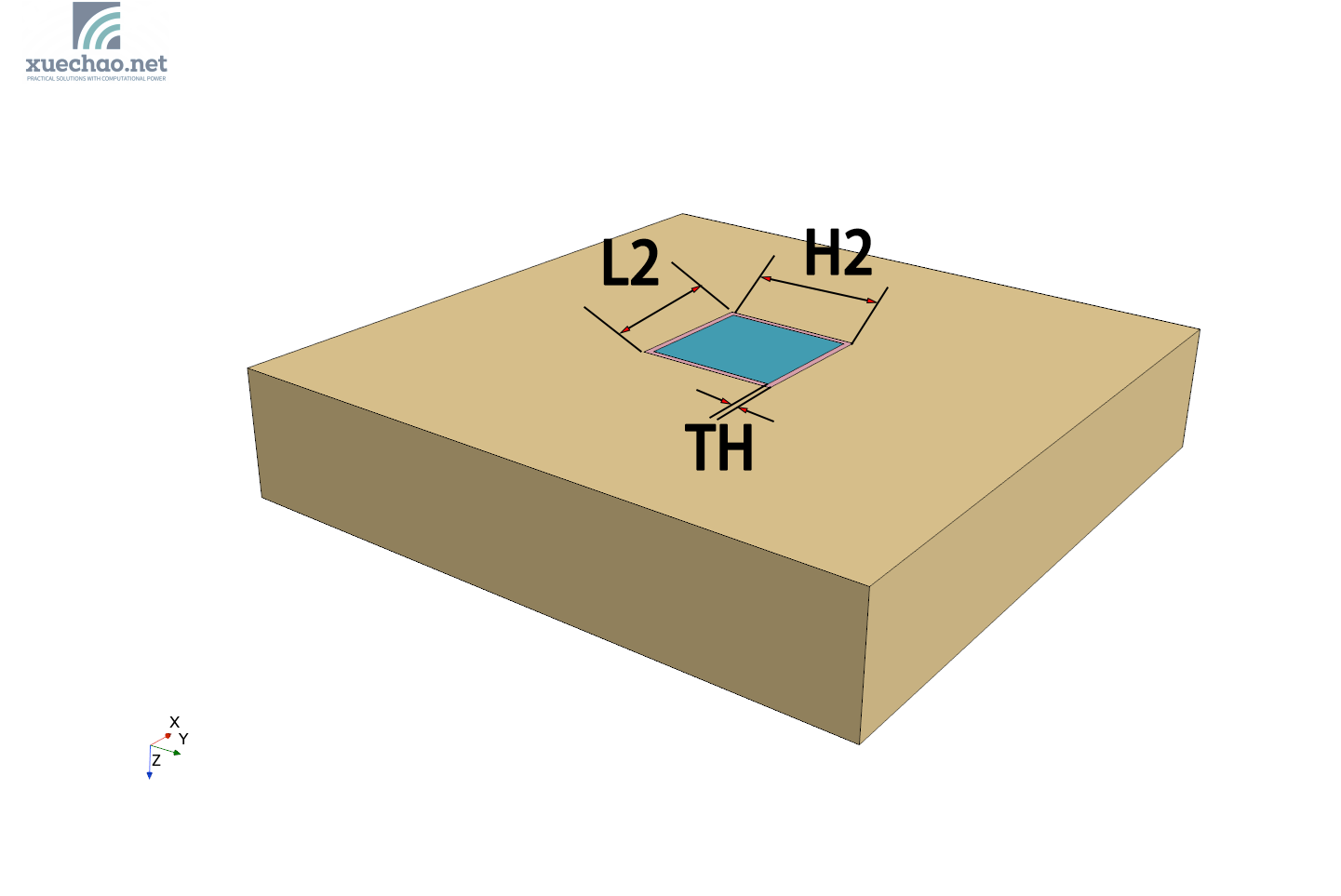Abstract
In this project:
- A slightly more complex model was designed, with two physical phenomena: heat transfer and convection.
- The model’s geometric parameters and physical boundary conditions can be altered within certain ranges.
- This article provides a detailed description of the model.
- The model includes multiple adjustable parameters, and to study the behavior of specific variables across different ranges, distinct value ranges were established.
- The sweep study was conducted using the Design Manager feature of Star-CCM+.
- Java programming and the sweep functionality of Design Manager were used to calculate datasets with varying numbers of variables.
- These datasets can be used in subsequent machine learning experiments.
- The goal is to start from a physical understanding of the phenomena described by the model, analyze the datasets accordingly, and then proceed with machine learning, using different models to fit the data.
- This will allow us to evaluate the performance of different fitting models on various datasets.
- This chapter first introduces the research model.
Model
This time, we have built a slightly more complex model as shown in the figure below:


The model is composed of four parts::
- air
- heat
- plate
- resist
air:Fluid region,The inlet velocity is a variable, while the temperature is constant。
heat:A heating element with material properties set to copper. There is a resist layer with a thickness of TH between it and the plate, with its length, width, and height being dimensional variables.
plate:Non-heating, with material properties set to iron. Its length and width are dimensional variables, and its height is consistent with that of the heating element.
resist: Non-heating, with a low thermal conductivity in its material properties, where K_resist = 0.3 W/m-K.
This model is slightly more complex than the previous one, with the addition of a resist layer between the two components: heat and plate. The model primarily describes how a certain amount of heat is emitted from the heat component. Most of the heat first passes through the resist, which has a low thermal conductivity, and is then transferred to the plate. Afterward, the heat is dissipated into the air through convective heat transfer between the plate and air. A smaller portion of the heat from the heat component is directly dissipated into the air through convective heat transfer from its top surface.
The heat transfer model includes the following 8 variables:
- H —— width of the plate,
- L —— length of the plate,
- W —— thickness of the plate,
- H2 —— width of the heat component,
- L2 —— length of the heat component,
- TH —— thickness of the resist layer,
- v_air —— inlet velocity of the air,
- heat —— heat generation rate of the heat component.
Next Steps
By establishing a slightly more complex heat transfer and convection model, two research approaches can be taken for this model:
- Using machine learning methods, starting from the data to explore the relationships between the data;
- Or starting from the physical phenomena, using physics as a basis to explore the relationships between the data.
Moving forward, we plan to study the model gradually from simple to complex from both perspectives. This will allow for a clearer and more accurate understanding of the relationship between CFD and machine learning.
Let’s get started then!
